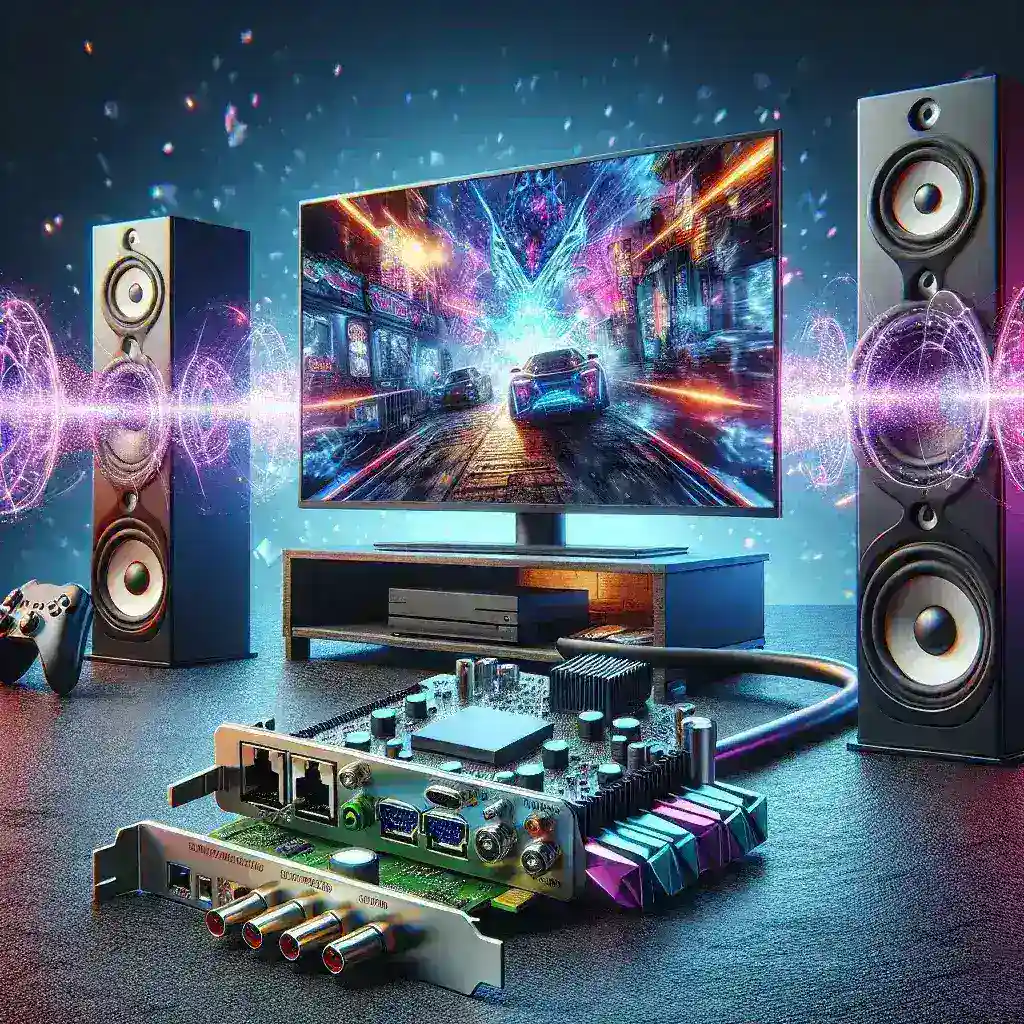Introduction
Optimizing a network adapter is crucial for ensuring that your entertainment systems, such as gaming consoles, smart TVs, and streaming devices, perform at their best. A well-optimized network adapter can significantly enhance your streaming quality, reduce latency, and provide a more stable internet connection. This article delves into the best practices for optimizing a network adapter to improve your entertainment systems’ performance.
Key Factors Affecting Network Adapter Performance
| Factor | Impact |
|---|---|
| Adapter Type | Determines the speed and compatibility with different networks |
| Driver Updates | Ensures the adapter runs efficiently and with the latest fixes |
| Placement | Affects the strength and stability of the wireless signal |
| Network Settings | Optimization can reduce latency and increase speed |
Best Practices for Optimizing Network Adapter
1. Choose the Right Adapter
Selecting the right network adapter is the first step toward optimization. Ensure your adapter supports the latest wireless standards such as Wi-Fi 6 (802.11ax) to take advantage of higher speeds and better performance.
2. Keep Drivers Updated
Regularly check for driver updates from the manufacturer’s website. Updated drivers can fix bugs, improve stability, and add new features that can enhance performance.
3. Optimize Network Settings
Adjusting your network settings can have a significant impact on performance. Enable Quality of Service (QoS) settings if available to prioritize traffic for your entertainment systems.
- Channel Selection: Choose a less congested Wi-Fi channel to avoid interference.
- Bandwidth Allocation: Allocate sufficient bandwidth for streaming and gaming devices.
4. Placement of Network Adapter
The placement of the network adapter and the router can also affect performance. Ensure that your devices are placed in an open area away from obstructions and other electronic devices that might cause interference.
5. Use Ethernet Connection
For the best possible connection, use an Ethernet cable to connect your entertainment devices directly to the router. This will provide a more stable and faster connection compared to Wi-Fi.
6. Regularly Test Network Speed
Regularly testing your network speed can help identify any issues with your connection. Use online speed test tools to check for consistency and reliability in your internet connection.
7. Secure Your Network
A secure network prevents unauthorized users from hogging your bandwidth. Use strong passwords and enable WPA3 encryption for enhanced security.
Advanced Optimization Techniques
1. Use a Dual-Band or Tri-Band Router
Dual-band and tri-band routers can manage multiple devices more effectively, reducing congestion and improving overall performance.
2. Invest in a Mesh Wi-Fi System
A mesh Wi-Fi system can provide robust and seamless coverage throughout your home, eliminating dead zones and ensuring a strong connection for all your devices.
3. Enable MU-MIMO (Multi-User, Multiple Input, Multiple Output)
Routers with MU-MIMO technology can communicate with multiple devices simultaneously, improving the efficiency and speed of your network.
Conclusion
Optimizing your network adapter for entertainment systems involves a combination of hardware choices, software updates, and strategic placement. By following these best practices, you can ensure that your entertainment systems perform at their peak, providing a smoother and more enjoyable experience.

